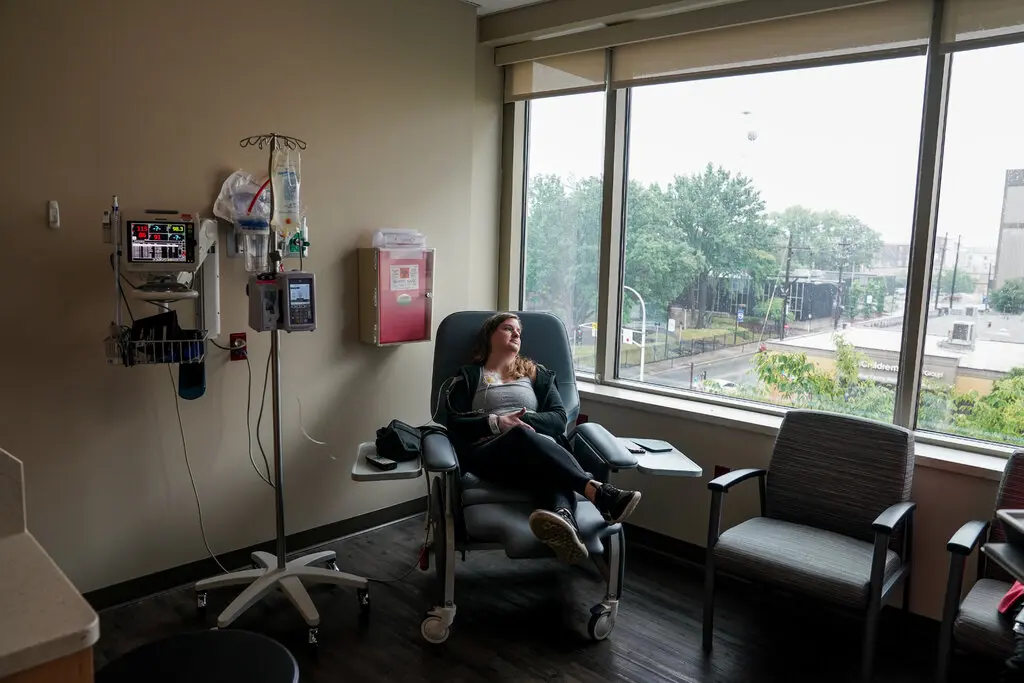As GLP-1 receptor agonists become increasingly popular for managing obesity and type 2 diabetes, Wyoming residents are using these treatments at slightly below-average rates compared to the rest of the US, Wyoming News Now reports.
New data from Real Chemistry’s IRIS platform, a healthcare analytics tool, reveals insights into the state’s utilization rates and sheds light on some of the demographic factors affecting access to these medications.
GLP-1 receptor agonists—such as semaglutide, branded as Ozempic and Wegovy, and tirzepatide, branded as Mounjaro and Zepbound—were originally developed to manage type 2 diabetes. However, they have quickly gained recognition as highly effective weight-loss treatments. These drugs mimic a hormone that regulates appetite and blood sugar, helping patients to feel full sooner and eat less. Many individuals using GLP-1s for weight loss have reported significant reductions in body weight, often losing 15% or more of their starting weight.
According to IRIS data, 0.9% of all patients in Wyoming are using a GLP-1 medication, just under the national average of 1.0%. Among Wyoming residents diagnosed with obesity, 5.9% are on a GLP-1 therapy—higher than the national average of 4.8%.
Breaking down the data by gender, 6.3% of Wyoming women with an obesity diagnosis use a GLP-1, compared to 5.3% of Wyoming men. Nationally, women represent a larger share of GLP-1 users, a trend consistent in Wyoming where 62% of GLP-1 patients are female.
Since semaglutide’s FDA approval for weight management in 2021, GLP-1 medications have seen a tenfold increase in monthly prescriptions. The demand has spiked due to the convenience of weekly dosing and the drugs’ effectiveness, far outpacing earlier GLP-1 options like liraglutide, which required daily injections. Following the success of Wegovy, other pharmaceutical companies entered the market, with tirzepatide gaining approvals in 2022 and 2023 under the brands Mounjaro and Zepbound.
Beyond weight loss, GLP-1s hold promise for treating various conditions over the next decade, including obstructive sleep apnea, kidney disease, and possibly Alzheimer’s disease. Real Chemistry’s IRIS platform projects that these medications could expand to cover as many as 20 therapeutic areas, potentially leading to new FDA approvals in coming years.
Despite their benefits, GLP-1 medications remain out of reach for many due to high costs, inconsistent insurance coverage, and ongoing drug shortages. Even though over 40% of US adults live with obesity, access to GLP-1 therapies is limited, particularly for low-income and minority populations, who are disproportionately affected by obesity. Many Wyoming residents, especially those with limited income or health insurance, may face barriers to accessing these medications.
For older adults, especially those on Medicare, coverage of GLP-1 medications for obesity remains a significant hurdle. This lack of coverage affects seniors across the country, limiting access to GLP-1s for those who could benefit most from their health and weight-loss advantages. In Wyoming, as in many states, adults aged 45-54 are more likely to use these medications, reflecting national trends in both age and income demographics among GLP-1 users.
Wyoming’s slightly below-average GLP-1 use aligns with other Western states, which generally report lower rates of GLP-1 adoption due to lower regional obesity rates and other demographic factors. In neighboring states, such as Colorado, Nevada, and Utah, GLP-1 usage rates also fall below the national average. However, disparities in Medicaid coverage for GLP-1 treatments further influence access in Wyoming and elsewhere, as Medicaid policies regarding these medications vary by state.
As the efficacy and applications of GLP-1s expand, experts predict that demand will continue to grow. Addressing barriers to access, particularly for low-income and rural communities, will be essential for ensuring that more Wyoming residents can benefit from these breakthrough treatments.
With ongoing research suggesting potential uses for GLP-1 drugs in treating an array of health conditions, Wyoming healthcare providers and policymakers may need to consider how to increase equitable access to these medications. According to healthcare experts, ensuring that insurance plans cover GLP-1 therapies for obesity and related conditions could be key to making these treatments more accessible to those who need them most.









